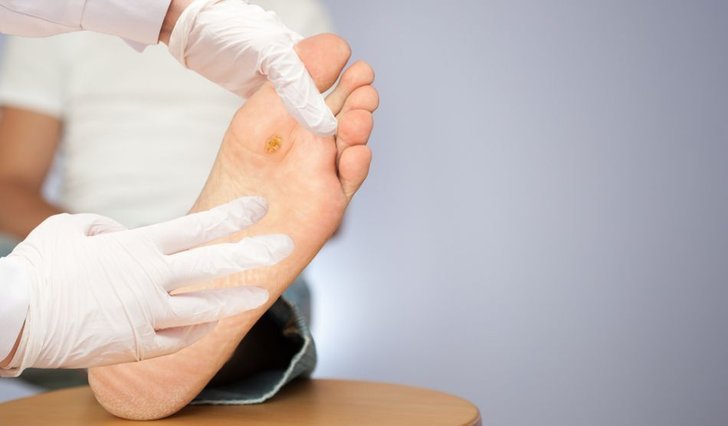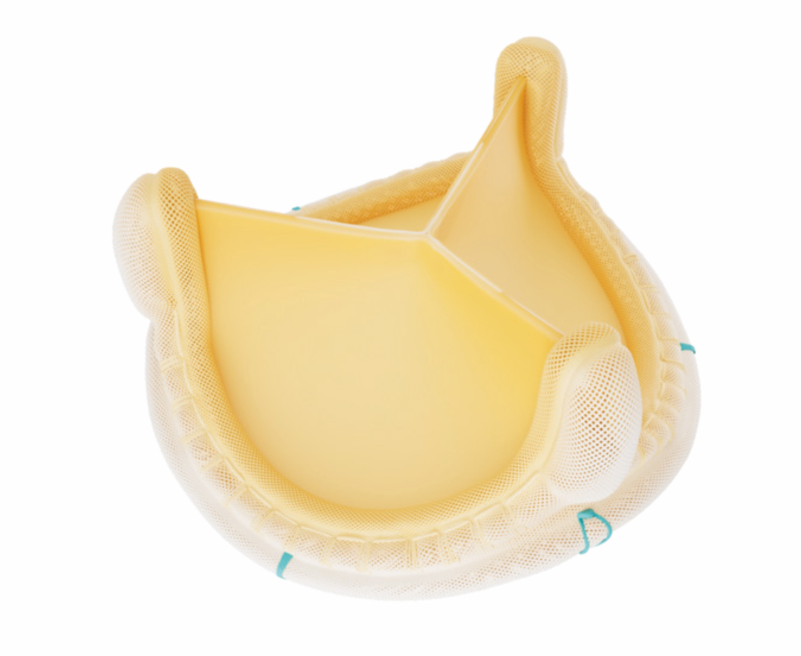Global Crisis of Dental Caries
March 28, 2025 | Friday | Views | By Nysa Sharma
Presence of dental caries in India between males and females are quite similar
image credit- shutterstock
Dental caries is one of the most common diseases in humans and have been a significant issue within the dental community that can cause pain, various infections, and loss of teeth. This could eventually lead to functional and emotional trauma by affecting a person's appearance, emotional well-being, and self-esteem.
For decades, dentists and numerous health organisations have been working tirelessly to prevent this by attempting to decipher effective and efficient ways to decrease the prevalence of dental caries in patients. In order to eliminate the prevalence of dental caries across all age groups and genders, it is vital to understand how they affect the individual groups.
A research project in the US has found that individuals ages 31-50 have the greatest amount of treated dental caries while individuals aged 6-8 have the least amount of treated dental caries. This is based on the evidence that the prevalence of treated dental caries was the highest among individuals aged 31-50 (52.7%) and the lowest among individuals aged 6-18 (49.7%).
The same project also concluded that females have a higher prevalence of treated dental caries than males across all age groups based on data suggesting that there is not only a greater amount of treated dental caries in females than males, but significantly more by at least 5.3%. Additionally, the average prevalence of treated dental caries in females of all ages was 29.9%, while the average prevalence of treated dental caries in males of all ages was 22.7%.
Considering India makes up around 17.5% of the world's population, it's an important country to observe when it comes to assessing the prevalence of dental caries based on demographics.
Research from the EAS Journal of Dentistry and Oral Medicine in 2023, suggests that out of the 1.4 billion individuals in India, over half of them are affected by dental caries. Dental caries had a prevalence of 62% in patients over the age of 18 and 52% in patients aged 3-18 among the Indian population.
The presence of dental caries in India between males and females are quite similar with males showing a prevalence of 52%, and females with 49%. The males were proven to be mainly caused by behavioural factors while the prevalence indicated in females were related to genetic and biological factors.
Currently in India, there has been limited developments in the form of studies and research projects to find treatment for dental caries. This shields more than half the population from getting the healthcare needed to get treatment for their dental caries.
On the other hand, studies across the globe are showing developments of innovative solutions to counter this growing healthcare burden. For instance, a recent study from the Frontiers in Cellular and Infection Microbiology states that nanosystems for drug delivery has been a major development in terms of prevention and treatment of dental caries. The systems directly provide the drug to the lesion sites of the teeth, thus inducing a therapeutic effect on the patient, leading to fewer side effects that fortify the intended treatment effect by enhancing the bioavailability of the drug.
Further, the latest technology of 3D printing is educating patients by providing them with tangible and visual models of their oral anatomy and treatment plans, allowing for greater understanding and collaboration. The latest edition of 3D printing makes the treatment process of dental caries and other oral diseases significantly more efficient. It revolutionises dentistry by allowing for highly accurate and precise dental models, prosthetics, and surgical guides, which leads to better-fitting restorations, safer surgeries, and improved patient outcomes.
In addition to these new technological developments, dental caries can be decreased through cost effective prevention strategies which should pivot around spreading awareness among masses about the undesirable outcomes of oral health diseases and educating them about the importance of good oral hygiene.
Nysa Sharma









